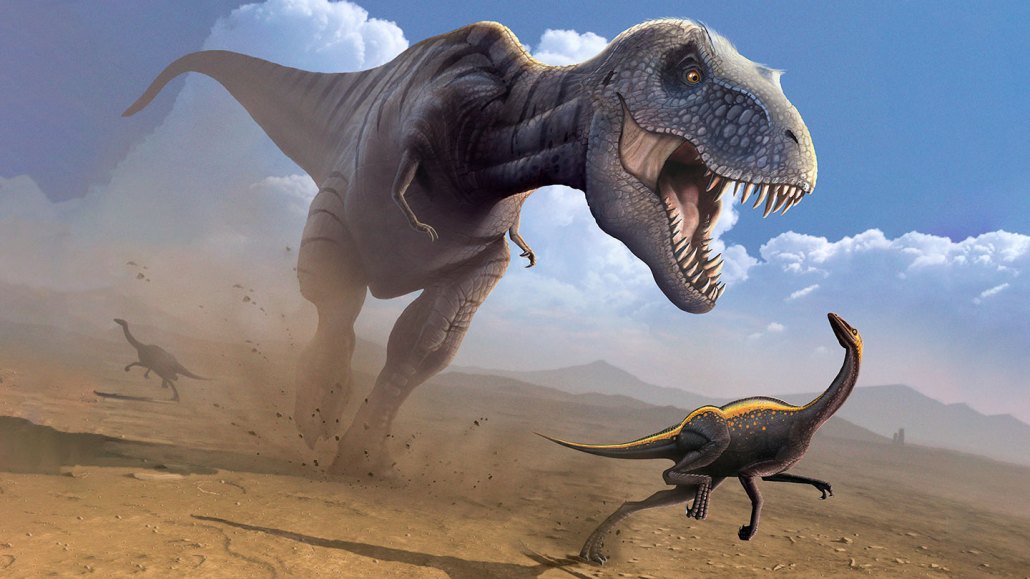
Fossils
New clues about dino speed come from birds strutting through mud
Fossilized footprints can help calculate how fast dinosaurs moved. But tests with guinea fowl show that past estimates might not be right.
Come explore with us!

Fossilized footprints can help calculate how fast dinosaurs moved. But tests with guinea fowl show that past estimates might not be right.

That protein stopped the disease-causing bacterium from growing in lab dishes or infecting mice.

Three grand-award winners each took home at least $50,000. Hundreds more teens shared more than $9 million in prizes at the international competition.

CT scans of these mysterious creatures turned up bizarre internal features. They could offer clues about amphisbaenians’ largely unknown behavior.

Genetic engineering involves adding, changing or removing certain pieces of DNA from a living thing to give it desired traits.

In a study of more than 400 mammal species, less than half have males that are heavier than females.

From reindeer that snooze while chewing to penguins that take thousands of naps each day, the animal kingdom has some truly weird sleep patterns.

The extinct megalodon (Otodus megalodon) was the largest shark to ever prowl the oceans.

Supercomputing and AI cut the early discovery steps from decades to just 80 hours. The process led to a new solid electrolyte.

Neither fleas nor toads, Brazilian flea toads are almost flea-sized. These mini frogs are small enough to fit on a pinkie fingernail.